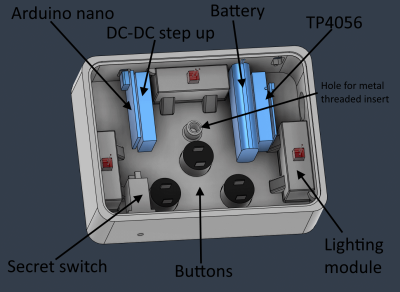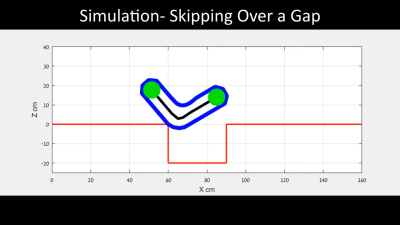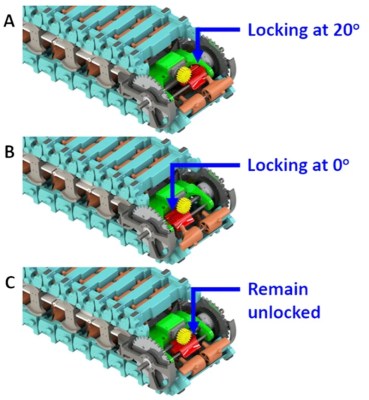If you think about it, even difficult mazes on paper are pretty easy. You can see all the places you can and can’t go, and if you use a pencil instead of a pen, well, that’s almost like cheating.
 However, using a pencil is pretty much a necessity to play [penumbriel]’s Blind Maze. In this game, you can’t even see the maze, or where you are. Well, that’s not exactly true — you can “touch” the wall (or lack thereof) in front of you and to the sides, but that’s it. So you’re going to need that pencil to draw out a map as you go along.
However, using a pencil is pretty much a necessity to play [penumbriel]’s Blind Maze. In this game, you can’t even see the maze, or where you are. Well, that’s not exactly true — you can “touch” the wall (or lack thereof) in front of you and to the sides, but that’s it. So you’re going to need that pencil to draw out a map as you go along.
This game runs on an Arduino Nano and a 18650 cell. There are three LEDs deep within the enclosure, which is meant to give the depth of walls. But, even the vision-impaired can play the Blind Maze, because there’s haptic feedback thanks to a small vibration motor.
If you want to play in hard mode, there’s a hidden paperclip-accessible switch that turns off the LEDs. This way, you have to rely on hitting the walls with your head. Be sure to check out the video below.
Continue reading “2024 Tiny Games Contest: Blind Maze Is Fun For All”




















